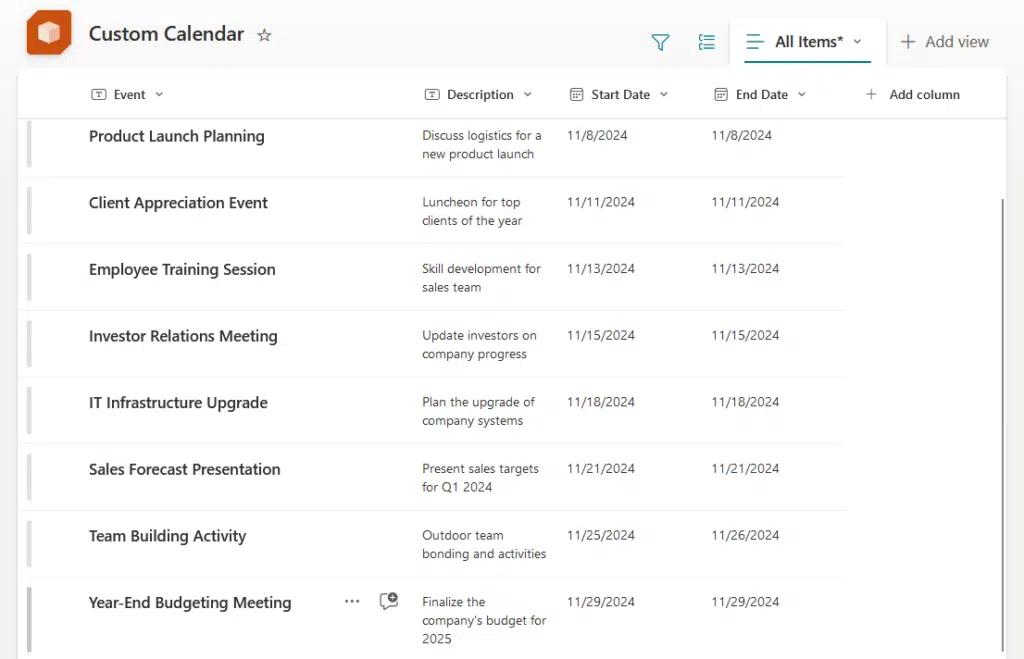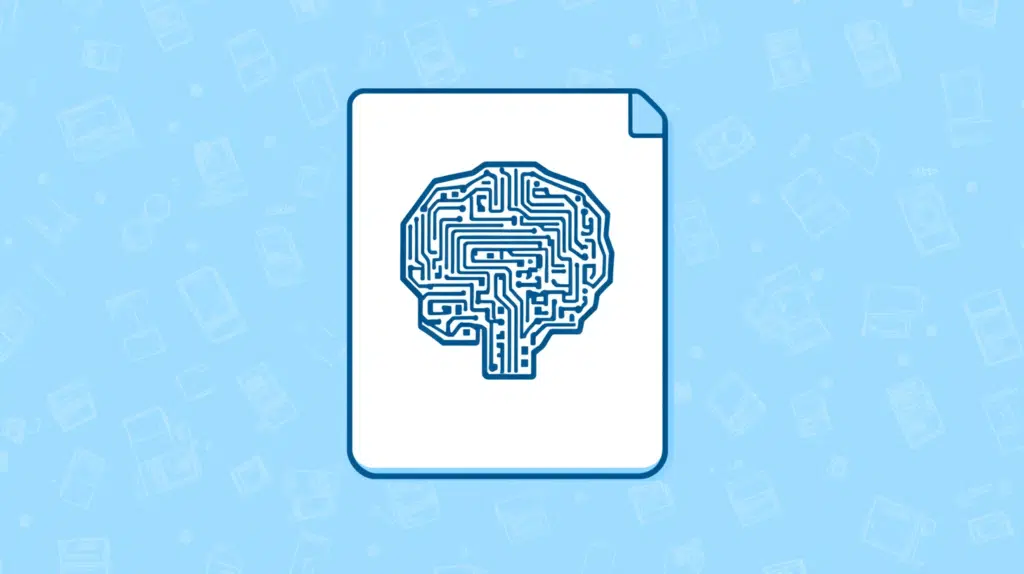Last Updated on October 25, 2024
Do you know anything about Syntex?
In this short guide, let’s talk about SharePoint Syntex, what it is, its key features, and why use it at all.
Let’s get started.
Table of Contents:
Microsoft SharePoint Syntex is an AI-powered tool designed to make document processing easier within SharePoint.
It uses artificial intelligence to organize, classify, and extract information from a wide range of content, from contracts to invoices.

The tool was developed to help companies:
- Automate routine content management tasks
- Reduce manual work
- Make it easier to find, manage, and use important documents
Syntex is particularly useful for businesses dealing with large volumes of documents, such as HR files, legal contracts, etc.
By automating repetitive tasks, teams can focus more on analysis and decision-making instead of spending hours managing files.
With its AI capabilities, Syntex helps organizations move closer to a paperless and highly efficient digital workspace.
👉 Related: Document Management Best Practices: SharePoint Online
Sign up for exclusive updates, tips, and strategies
Syntex offers several powerful features designed to improve how businesses manage content.
Here are some of them:
1. Autofill columns
The basic idea is to automatically identify and extract key information from documents to populate metadata fields.

Here’s how autofill columns improve workflows:
- Extracts and fills fields with data like names or amounts, simplifying categorization
- Improves searchability by associating documents with relevant metadata
- Keeps files organized and accessible
This helps organize files by pulling out essential details like dates, customer names, or document types without manual entry.
With reduced manual tagging, this feature can help teams save time while maintaining consistent organization.
👉 Related: SharePoint Column Types Explained: Overview and Use Cases
2. Content assembly
Content assembly enables users to generate standardized documents by pulling data into templates.

Here’s how this can improve document creation:
- Fills document templates with specific data
- Maintains uniform structure and style across all generated documents
- Reduces time spent on repetitive document setup
This feature is perfect for quickly creating contracts, statements, and other documents with consistent formatting and fields.
Content assembly is ideal for teams that need reliable, consistent documents, particularly in finance, legal, and HR.
👉 Related: The Beginner’s Guide to Content Types in SharePoint Online
3. Prebuilt models
Prebuilt models simplify document processing by providing AI-trained templates for common formats like invoices and receipts.

Benefits of prebuilt models include:
- Ready-made for immediate use with standard document types
- Automatically captures key fields and metadata
- Saves time on model customization and training
These models are ready to use and require minimal setup.
That means businesses can automate extraction and tagging without creating custom models.
Prebuilt models make Microsoft Syntex easy to implement, especially for common documents.
👉 Related: Modern SharePoint Document Management System Guide Tutorial
4. Image and taxonomy tagging
This uses AI to automatically tag images and organize files based on custom terms.

Here’s how this can improve organization:
- Recognizes and tags images with relevant keywords for faster search
- Lets users create specific tags for unique organizational needs
- Makes both images and documents easier to locate in large libraries
This feature improves file management by making it easy to categorize and retrieve visual content within SharePoint.
With this feature, Syntex brings efficient management to visual assets to improve content organization.
👉 Related: How to Store Images in SharePoint Online (Different Options)
Other available features
Besides that, there are new Syntex services available, such as:
- Taxonomy tagging
- Document translation
- SharePoint eSignature
- Annotations
- Content query
- Merge and extract PDFs
- Solution accelerators
- Content compliance
Each feature or service though has its own limitations.
Many are also available for free trial through June 2025 as long as you have a pay-as-you-go billing setup.
As you have read, it’s easy to see how Syntex through AI makes document processing and management easier.
Here are a few ways organizations use Syntex:
- Invoice processing
- Contracts and legal documents
- HR records management
- Customer records and applications
These use cases highlight how Syntex can reduce the time spent on manual tasks so teams can focus on decision-making.
Syntex not only speeds up workflows but also reduces human errors, which also makes document management more reliable.
Not to mention, you can scale it across different departments. 🙂
Although each service/feature has its own limitations, Syntex, in general, has limitations to consider.
Examples of limitations to consider:
- Learning curve (will require training)
- Upfront costs (subscription costs can be high)
- Compatibility issues (better for structured formats)
Organizations should weigh both to determine if Syntex aligns with their needs.
While Syntex brings significant productivity gains, its setup and costs may not suit every business.
For companies managing high volumes of structured documents, you may benefit from accuracy and workflow speed.
Do you have any questions about SharePoint Syntex? Let me know in the comments below.
For any business-related queries or concerns, contact me through the contact form. I always reply. 🙂

